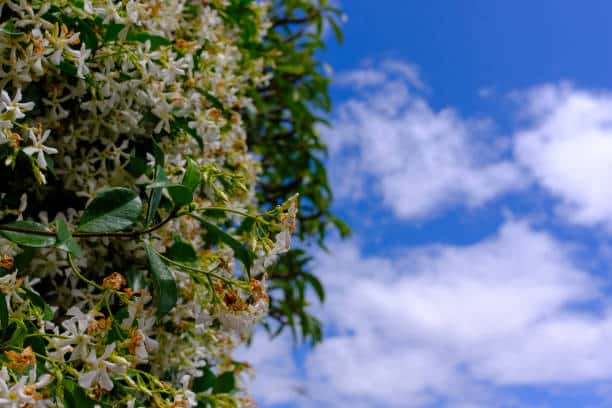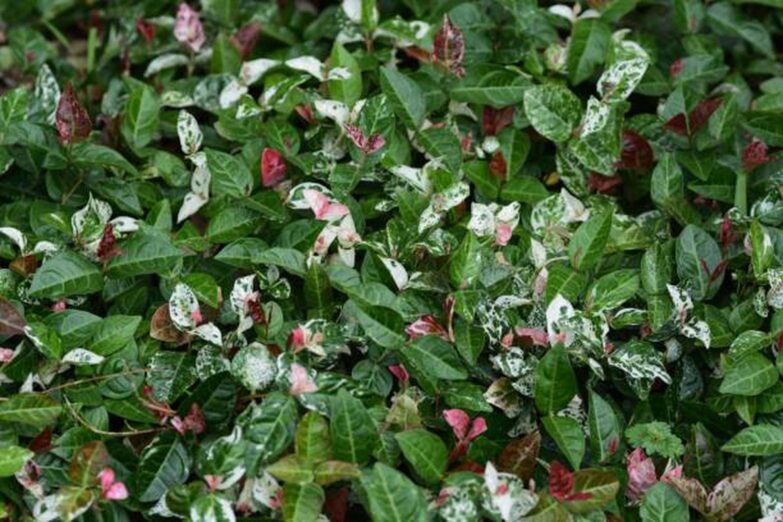Whether you’re an experienced gardener or a novice seeking to add a touch of green to your landscape, Asiatic Jasmine (Trachelospermum asiaticum) is a plant worth considering. This robust vine, known for its dense coverage and glossy leaves, is a staple in many landscapes across various hardiness zones. However, achieving the most appealing aesthetic with Asiatic Jasmine calls for an understanding of its growth habit, care requirements, and potential uses in the landscape.
Asiatic Jasmine: An Overview
Characteristics
Native to eastern and southeastern Asia, Asiatic Jasmine is a sturdy evergreen vine that offers year-round visual interest. It features small, oval leaves that remain vibrant green throughout the seasons. While this plant doesn’t typically flower in most landscapes, when it does, it produces small, star-shaped yellow flowers that provide a delightful contrast to the foliage.
Growth Habit
Asiatic Jasmine exhibits a vigorous growth pattern, making it an excellent choice for ground cover or for cloaking unsightly areas in your garden. It can reach heights of up to 2 feet and spreads up to 15 feet wide, providing a lush, thick cover.
Cultivating Asiatic Jasmine
Light Requirements
Asiatic Jasmine is a versatile plant when it comes to sunlight requirements. It thrives in both full sun and partial shade, making it adaptable to various garden conditions. However, for denser foliage and best growth, a location with partial shade is preferable.
Soil and Watering Needs
The vine is not particularly fussy about soil but prefers well-draining soil. Regular watering is essential, especially in the first year after planting, but once established, Asiatic Jasmine is drought-tolerant, requiring minimal irrigation.
Propagation and Planting
Asiatic Jasmine can be propagated by stem cuttings, which should be taken in late summer or early fall. Plant these vines at least 4 feet apart to allow room for spread and to reduce the likelihood of disease.
Landscape Uses of Asiatic Jasmine
This plant’s vigorous and spreading habit makes it a versatile addition to your garden. Its primary use is as a ground cover, particularly in challenging areas where other plants may struggle. It’s also effective for erosion control on slopes and can serve as a low-maintenance alternative to lawns.
In addition to ground cover, Asiatic Jasmine is ideal for covering trellises or walls, providing a green backdrop in garden beds, or cascading from hanging baskets or containers.
Potential Challenges and Solutions

Invasive Nature
One potential challenge when growing Asiatic Jasmine is its aggressive nature. This vine can spread quickly and may overrun other plants in the garden. Regular pruning and careful monitoring can help manage this growth.
Pests and Diseases
While generally hardy and resistant to most diseases, Asiatic Jasmine can be susceptible to pests like scale insects and mealybugs. Regularly inspecting your plant and promptly addressing any infestations can help keep your Asiatic Jasmine healthy.
Conclusion
Asiatic Jasmine is indeed a vigorous vine that can transform your garden with its dense, glossy foliage. While it requires some care and attention to keep its growth in check, the results are well worth the effort. Whether you’re aiming to cover a large ground area, enhance the look of a trellis or wall, or simply enjoy a versatile and robust plant, Asiatic Jasmine could be just what your garden is missing.

